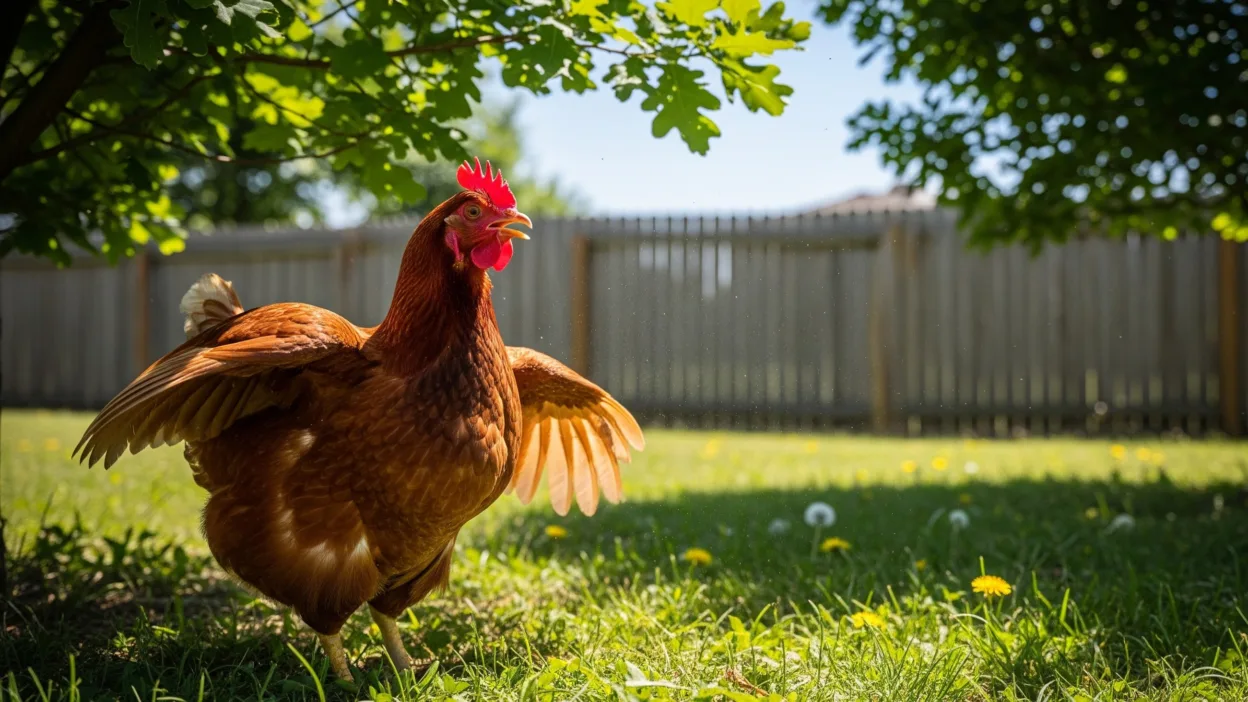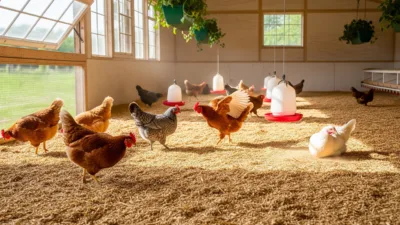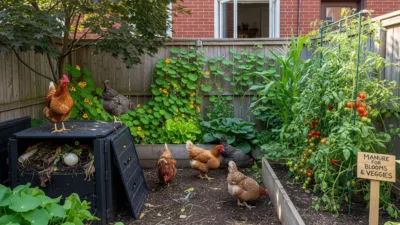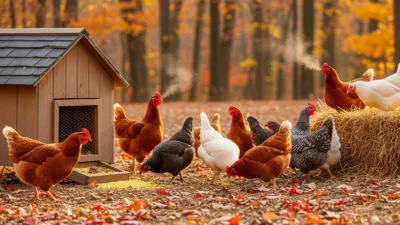Chickens in the backyard brings many rewards, but hot summer days can pose serious challenges for your flock. Unlike humans, chickens don’t sweat. Instead, they rely on panting, spreading their wings, and finding shade to regulate body temperature. When temperatures climb above 85°F, backyard chickens start to feel the heat. Once it reaches 95°F and beyond, they are at risk of heat stress, a dangerous condition that can reduce egg production or even cause death.
For chicken keepers across the United States, especially in southern and western states where summers are long and hot, knowing how to protect your flock is essential. In this guide, we’ll cover practical summer heat hacks to help your backyard chickens stay comfortable, healthy, and productive.
Why Heat Is Dangerous for Chickens
Chickens are naturally hardy, but extreme heat puts significant stress on their bodies. The main risks include:
- Heat stress: Excessive panting, drooping wings, or lethargy may signal heat exhaustion.
- Reduced egg production: Hot hens often stop laying to conserve energy.
- Thin shells: Calcium absorption drops during heat stress, leading to fragile eggs.
- Dehydration: Without constant access to cool water, chickens can become dehydrated quickly.
- Death in extreme cases: Prolonged exposure to 100°F+ can be fatal if precautions are not taken.
By understanding these risks, chicken keepers can take proactive measures to prevent losses.
1. Provide Unlimited Access to Fresh, Cool Water
Water is the number one defense against summer heat. Chickens drink twice as much in hot weather, so you must ensure they always have clean, cool water.
Tips for keeping water cool:
- Place waterers in shaded areas to avoid direct sun.
- Add frozen water bottles or ice cubes to the drinkers.
- Offer multiple water stations to prevent flock competition.
- Use deeper water containers for ducks or mixed flocks so they can dip their beaks and cool off.
A good rule of thumb is one gallon of water per 6 chickens, increased in hot weather.
2. Create Shade Wherever Possible
Direct sun exposure is the fastest way to overheat your birds. Provide shaded areas both inside and outside the coop.
Easy shading options for backyard coops:
- Stretch shade cloth or old tarps over runs.
- Plant fast-growing vines like cucumbers or beans near chicken runs for natural shade.
- Move portable chicken tractors under trees during peak heat.
- Build a roof over the run with corrugated tin or wood panels.
Shade is especially critical between 12 PM and 4 PM when the sun is at its strongest.
3. Ventilation Is Key Inside the Coop
At night, heat can build up in coops, putting hens at risk even after sunset. Proper ventilation ensures airflow without creating dangerous drafts.
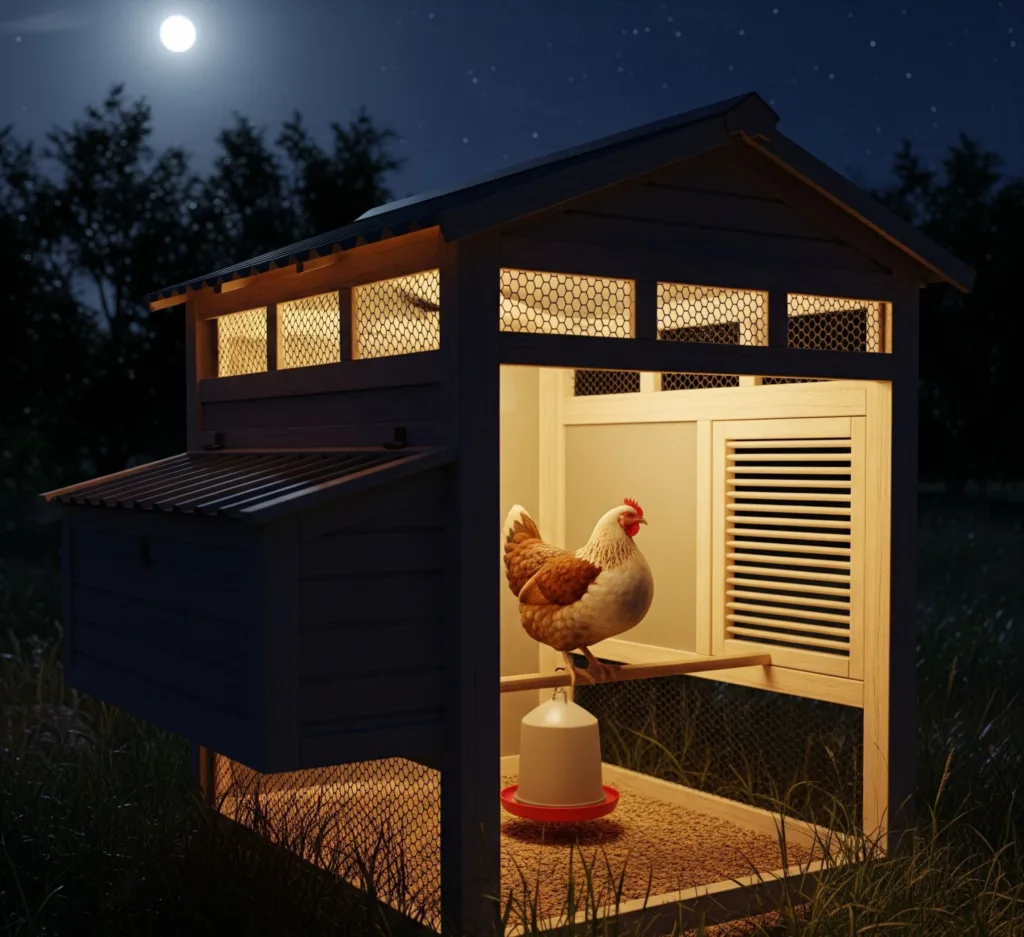
Ventilation tips:
- Install vents near the roof to let hot air escape.
- Use hardware cloth instead of solid walls on part of the coop for cross-breezes.
- Position windows on opposite walls for natural airflow.
- Avoid overcrowding, the fewer chickens per square foot, the cooler the coop will be.
Remember: a stifling coop is worse than a shaded outdoor run in summer.
4. Offer Cooling Treats and Hydrating Foods
Frozen and water-rich foods not only entertain chickens but also help regulate their body temperature.
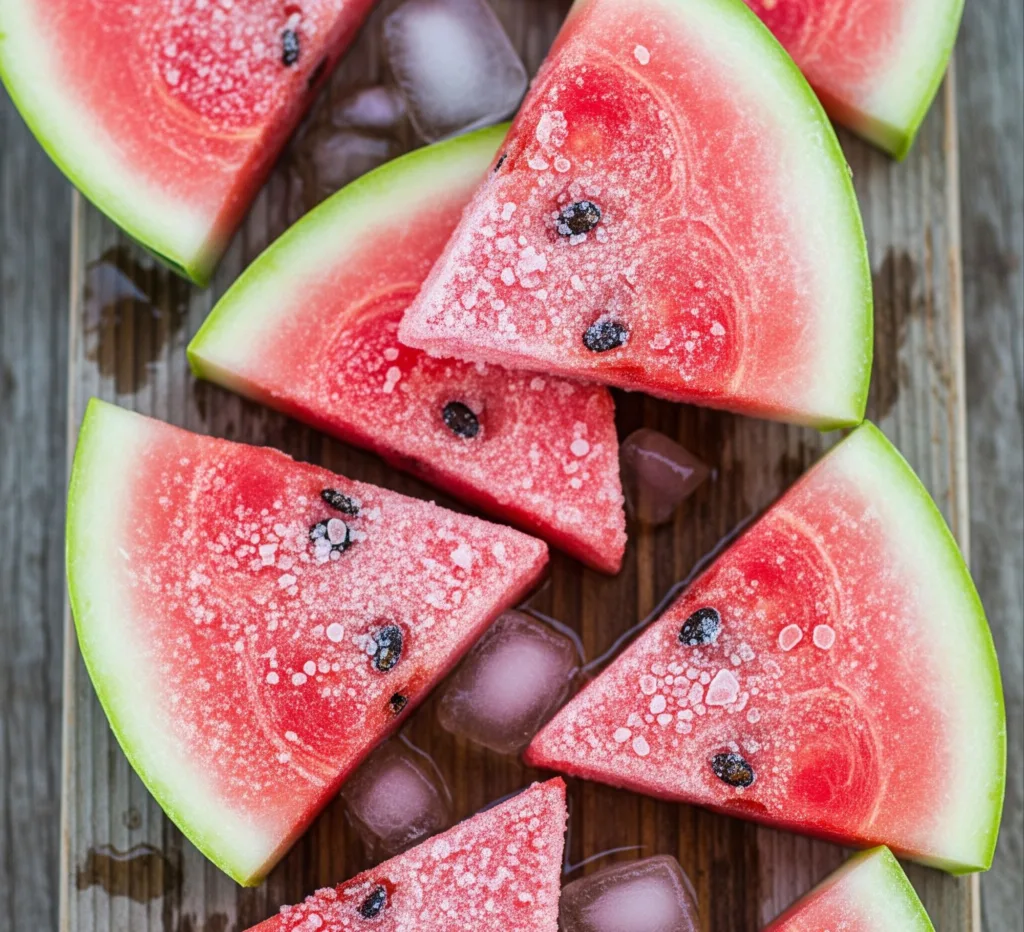
Best cooling treats for summer:
- Frozen watermelon slices (hydrating and packed with vitamins).
- Chilled cucumber or zucchini slices.
- Frozen peas or corn kernels tossed in water bowls.
- Ice-cold berry mash for extra antioxidants.
Avoid too many high-carb treats like scratch grain during hot weather, as they generate heat during digestion.
5. Use Misters and Sprinklers
Misting systems lower air temperature in chicken runs by up to 10–15°F. If you don’t want to install a full system, a simple garden hose mister attachment works wonders.
How to use water cooling safely:
- Aim misters so they dampen the ground, not the chickens directly.
- Place sprinklers outside the run to cool nearby soil without flooding bedding.
- Offer shallow pans of water for chickens to dip their feet in (never deep buckets).
Chickens cool off through their feet, so wet ground gives quick relief.
6. Keep Bedding Dry and Clean
Wet bedding combined with high heat creates ammonia buildup, bacteria growth, and a strong smell that stresses birds.
Summer bedding tips:
- Use pine shavings instead of straw for better airflow.
- Clean coops more frequently in hot weather.
- Apply agricultural lime or coop deodorizer to neutralize ammonia.
- Avoid overcrowding to reduce droppings and moisture levels.
Dry bedding helps keep your coop fresh and prevents heat-related respiratory issues.
7. Freeze Large Ice Blocks for the Coop
Placing large frozen jugs or ice blocks in the coop creates localized cool zones. Chickens will naturally sit close to them when they feel overheated.
You can also freeze ceramic tiles or water bottles, then set them in shaded areas for hens to rest against.
8. Adjust Feeding Schedule for Summer
Digestion generates heat. Feeding chickens in the cooler parts of the day helps reduce stress.
Feeding tips for hot weather:
- Offer the main feed in the early morning or late evening.
- Reduce corn-heavy scratch in summer (high energy equals more internal heat).
- Add electrolytes to water to replace lost minerals.
- Provide oyster shell free-choice to maintain strong egg shells.
A lighter diet during the hottest hours keeps your flock more comfortable.
9. Recognize Signs of Heat Stress
Even with precautions, chickens may show signs of distress. Watch for:
- Panting with open beaks
- Wings spread away from the body
- Reduced movement or lying down
- Pale or discolored combs
- Drop in egg production
If you see these symptoms, immediately move birds to shade, provide cool water, and use a fan or mister if possible.
10. Plan for Long-Term Heat Management
If you live in a state with recurring heat waves, build a long-term cooling strategy:
- Plant trees around your run for natural shade.
- Install permanent coop fans on timers.
- Build coops with reflective roofs to reduce heat absorption.
- Use lighter paint colors on coops to keep interiors cooler.
- Position coops away from heat-retaining concrete or asphalt.
Investing in heat management early will protect your flock for years.
Conclusion
Summer heat is one of the most challenging aspects of backyard chicken keeping in the United States. From California to Texas to Florida, rising temperatures can quickly push chickens into heat stress. But with the right heat hacks, ample shade, cool water, good ventilation, frozen treats, and long-term planning, you can keep your flock safe, happy, and laying even during the hottest days.
By applying these strategies, you’ll not only protect your chickens but also improve their productivity, reduce stress-related illnesses, and ensure your backyard homestead thrives year-round.
